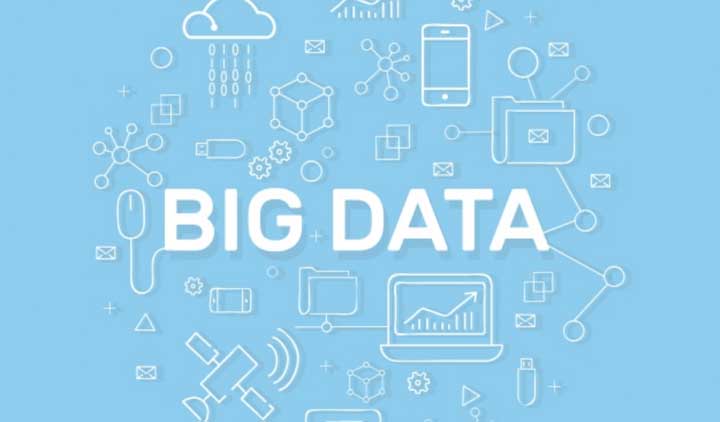The Role of Big Data in e-Commerce – Big Data Analytics offers a nearly inexhaustible source of business insights and information, which can lead to operational improvements and new opportunities for companies to deliver unrealized revenue in nearly every industry.
From use cases such as customer personalization, to risk mitigation, to fraud detection, to internal operations analysis, and all the other new use cases that emerge almost every day, The hidden value in enterprise data makes companies want to create advanced analytics operations.
Finding value in raw data poses many challenges for IT teams. Every company has different needs and data assets. Business initiatives change rapidly in an accelerating marketplace, and keeping up with new directions can require agility and scalability.
In addition, the successful operation of Big Data Analytics requires enormous computing resources, technological infrastructure and highly skilled personnel.
All of these challenges can cause many operations to fail before returning a value. In the past, a lack of computing power and access to automation put production-scale analytics operations completely out of reach for most companies: Big Data was too expensive, with too much complexity, and without a clear ROI.
With the advent of cloud computing and new technologies in computing resource management, Big Data tools are more accessible than ever. The growth of Big Data analytics is a new frontier of innovation and competition in the gigantic spectrum of the e-commerce landscape.
Big Data has given rise to new challenges and opportunities, which have been forged by the information revolution. In this infographic, we explore the different ways businesses are currently using Big Data in eCommerce.
Daftar Isi
How is Big Data implemented in e-Commerce?
1. Predict the trend
Every online retailer wants to know the next best-selling product before their competitors, and there are few better strategies than using Big Data to predict trends.
By introducing a trend forecasting algorithm, online retailers can take the guesswork out of predicting trends about what is causing online buzz.
2. Optimize prices
Prior to the explosion of Big Data and innovative pricing systems, many businesses would rely on comparative prices with competitors, and compare the value of their own products or services to come up with the best pricing strategy.
The problem with this manual approach is that it becomes unmanageable for larger eCommerce businesses that store thousands of items. The perfect scenario is for each product to have its own strategy, and Big Data makes this possible.
3. Demand estimates
Almost every business does demand forecasting in some capacity. For example, if you are a restaurant owner, you need to estimate how many customers you will be visiting tomorrow and what food they will order so that you know what ingredients to buy and how many chefs should be in the kitchen.
If you sell shirts online, then you must estimate in advance how many shirts of each color you have to order from the manufacturer.
Typically, business owners will forecast demand through their gut feelings (“people will order more pancakes than waffles”) or rules of thumb (“stock more snowman shirts around Christmas time”).
The problem with hunches or rules is that they are not quantitative and are not based on anything concrete. However, if the data friend has sufficient historical data, it can make accurate demand forecasts and ensure the data friend is never exposed to a risk of overage or comprehension.
4. Generate more sales
Big Data can play an important role in generating more sales for any eCommerce business. With trillions of dollars lost due to cart abandonment, Big Data analytics can be used to provide a customer experience that can’t be ignored.
5. Learn Big Data with DQLab Academy!
One of the real forms of digital transformation is the abundance of data in the world. However, if a data friend uses the wrong data, the interpretation will also be wrong.
Let’s start learning data step by step from the simplest to the most complex steps with an anti-complicated live code editor!
Related post:
- The Examples of Big Data Implementation in Various Sectors
- Benefits of Big Data in of the World of Technology & Companies
- Big Data Ads: How to Smoothly Turn Ad Systems Into Big Data
- What Is Big Data? Characteristics, Types And Technologies
- 17 Best Big Data Tools and Technologies To Know About
- Big Data Social Media Marketing: How Data Improves Big Impact
